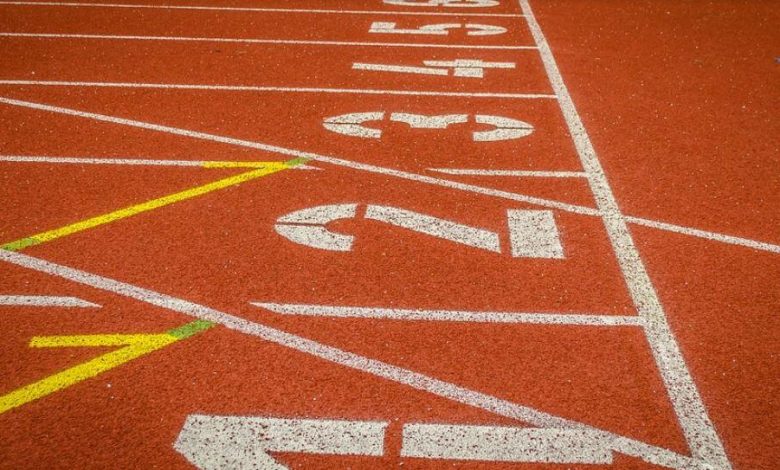3 tests to evaluate your performance in running
We give you several options so you can evaluate your career on foot.

All the stress tests Made by professionals and controlled with various parameters, which are not usually within the athlete's reach, they are the best option to evaluate performance and career evolution.
However, to carry out a record of our performance evolution and adjust the training rhythms, we are going to propose several tests so that you can evaluate your running career.
What is Maximum Aerobic Speed (VAM)?
Below we give you 3 variants so you can calculate your performance in the running race.
2.000 km test
One of the simplest tests, logistically speaking, to evaluate VAM is the 2.000m test.
It is carried out on a track or flat ground, carried out at the highest possible speed and increasing in the last 400m to a maximum effort perception.
You must note the total time (minutes and seconds) and heart rate at the end of the test.
Various calculators will allow you to calculation of your training zones, such as this https://2peak.com/tools/mas.php
5 test minutes
This test is indicated for athletes who cannot maintain high effort for a long time.
If the level of physical condition and athlete's experience are low, it will be difficult to maintain a high effort for so long, so we have the option of the 5-minute test.
This test has a similar protocol, do it at the maximum speed maintained, write down the distance traveled and the heart rate at the end.
Subsequently calculate the VAM (Km / h) multiplying the distance traveled (in Km) by 12 (since 1h = 5min * 12) and use the following table to establish your training zones.
| ZONE / RHYTHM |
ABBREVIATION |
% FCmxima |
% VAM |
| Active or regenerative recovery |
R0 |
<65% |
<65% |
| Aerobic threshold |
R1 |
70-80% |
65-75% |
| Anaerobic threshold |
R2 |
80-90% |
75-85% |
| Maximum oxygen consumption |
R3 |
95-100% |
90-100% |
| Anaerobic capacity |
R4 |
- |
105-120% |
| Anaerobic power |
R5 |
- |
120-140% |
| Alactic anaerobic power |
R6 |
- |
>140% |
Adapted from Pallarés and Morán-Navarro (2012)
Conconi Test: Anaerobic threshold
The objective of the Conconi test is anaerobic threshold determination through the relationship between speed and heart rate.
The heart rate increases as the intensity of the exercise increases until it reaches a stabilization point despite continuing to increase the intensity. This point is the one that corresponds to the anaerobic threshold (Conconi et al., 1982).
For this you must run in a homologated athletics track, with an increase in speed of 0.5Km / h every 200 meters and until exhaustion and have a watch that allows registering speed and heart rate.
Once you graph the speed in relation to the heart rate, you can see the deflection (fall or plateau) of heart rate to set anaerobic threshold (Conconi et al., 1982).
When you repeat it during the season, you can understand the improvement in your performance as long as the heart rate is below the reference test at the same speed and the threshold point has improved.
To see real results it is advisable to perform evaluation tests once trained between 3 and 4 weeks of preseason and repeat throughout the season depending on the contents and training objectives.
References
Billat, LV, & Koralsztein, JP (1996). Significance of the velocity at VO2max and time to exhaustion at this velocity. Sports Medicine, 22 (2), 90-108. Conconi, Francesco; M. Ferrare; et al. (1982). "Determination of the anaerobic threshold by a non-invasive field test in runners". Journal of Applied Physiology. 52 (4): 869–73. Pallarés, JG; Morán-Navarro, R. (2012). Methodological proposal for cardiorespiratory endurance training. Journal of Sport and Health Research. 4 (2): 119-136. Test Your Maximum Aerobic Speed. Available at: www.2peak.com/tools/mas.php
Laura García Cervantes

Dra. Science of Physical Activity and Sport
There are no previous results.




























